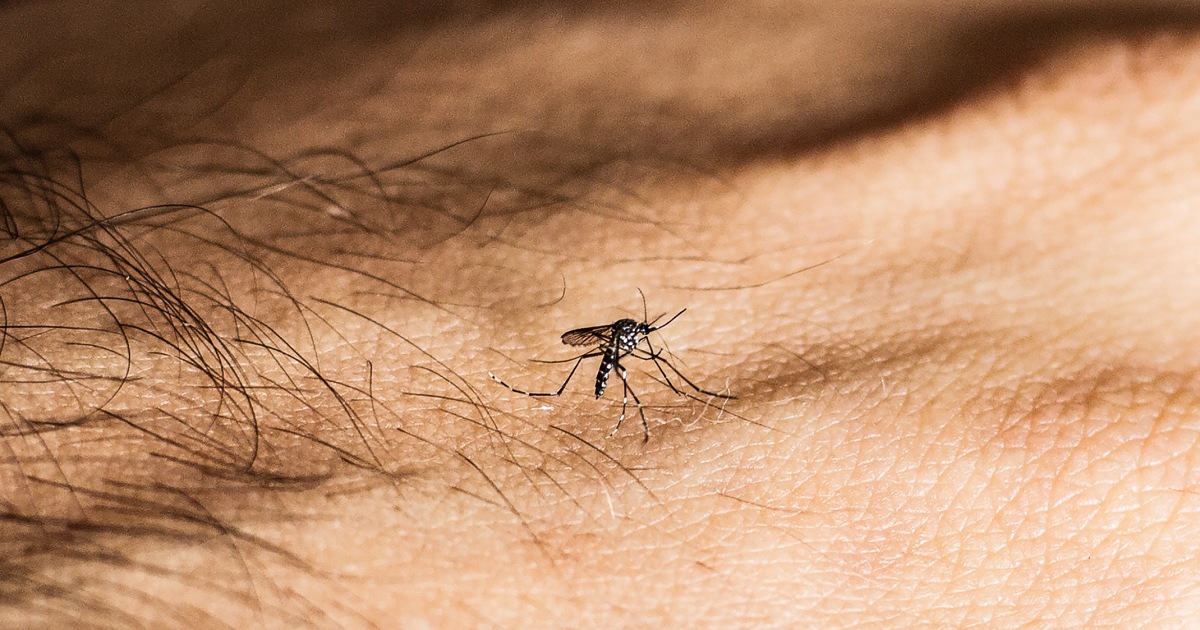
Dengue fever, a mosquito-borne disease once confined to tropical regions, is now spreading to new areas due to climate change and expanding mosquito habitats. According to the Centers for Disease Control and Prevention (CDC), there have been reported cases of dengue fever in Alabama, Florida, and Georgia. While some cases were contracted while traveling outside the US, Florida has had over 170 localized cases this year.
The mosquitoes that spread dengue are the same species that transmit Zika and chikungunya viruses. Symptoms of dengue fever include high fever, severe headache, eye pain, joint pain, muscle and bone pain, rash, nose bleeding, gums bleeding, easy bruising when the fever declines. There is no vaccine or medication for preventing or treating dengue fever.
Climate change allows mosquitoes to breed all year long and causes viruses to replicate faster. South America has experienced a rapid increase in dengue cases, with Puerto Rico declaring a public health emergency due to an outbreak with over 400 hospitalized people. Europe is also seeing local transmission of dengue fever in France, Italy, and Spain.
Locally transmitted cases have been reported for the first time in some states of the US including California, Arizona, Florida, and Texas. Miami-Dade and Broward Counties in Florida have seen 67 and 24 cases respectively. Brazil is also experiencing a significant increase in dengue cases.
To prevent the spread of dengue fever, it's important to eliminate standing water where mosquitoes lay eggs. Screens on windows and doors and using mosquito repellents when outdoors can also aid in prevention.
Those who believe they may have contracted dengue fever should only use pain relievers with acetaminophen as NSAIDs should be avoided due to the risk of bleeding. The best way to treat dengue fever is through fluid replacement therapy by a healthcare provider.




